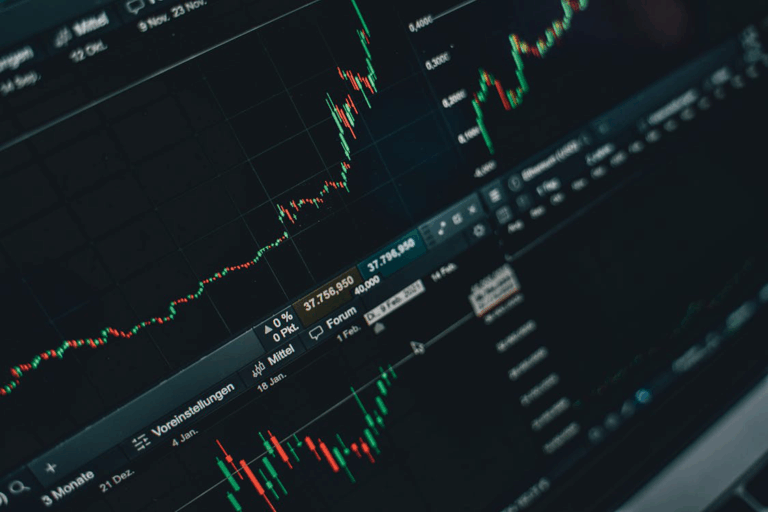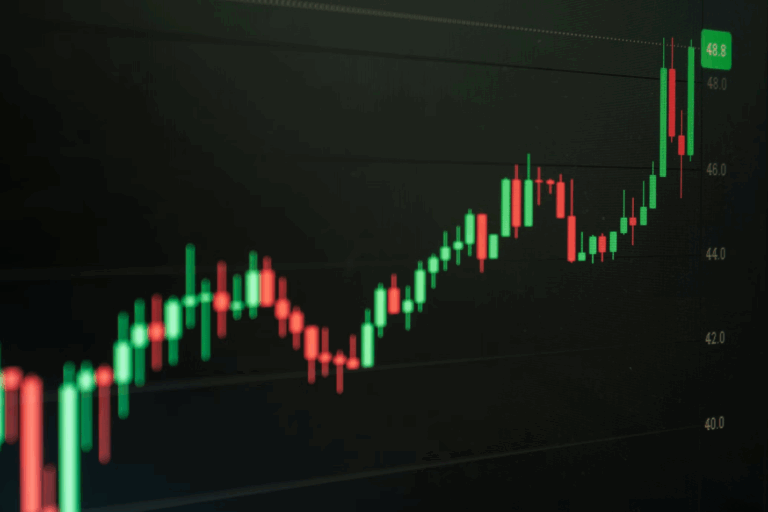Gold Fundamentals
When an investor analyzes gold, or any investment for that matter, they take a look at two distinct aspects of information that will help and guide them to decide whether their purchase or sale of gold (or comparable investment) is a smart decision to be made. These two distinct aspects are fundamentals, and technicals. Fundamental information is based on the analysis of the investments financial statements, its general health, it’s history and current history, as well as its competitors and it’s standing in the markets. Technical analysis is based upon data only, including, but not limited to, past market data, price and volume. Technical analysis is very chart and data heavy, where as fundamentals takes a great deal more into account.
When trading gold, there are many aspects of the investment that must be taken into account when deciding whether or not to invest. When studying the gold fundamentals, one must look at each of these aspects before deciding whether or not to make a purchase, or whether to sell, or close an existing position. Some of these fundamental aspects are supply and demand, the value of the dollar, the amount of institutional buying and/or selling, the price difference/relationship between gold and oil, and lastly, and sometimes most importantly, the global economic market.
Supply and demand is probably one of the easiest gold fundamentals to understand. When supply is low, gold is more difficult to obtain, and therefore, will be priced higher. If there is an abundance of gold, with a supply that is higher than the amount of people looking to buy, then the price will be lower. Supply and demand is a fundamental analysis took that could be used for just about any investment.
Next, is the value of the dollar. When the dollar is doing well, investors tend to invest heavily in it. Usually, an investment in the dollar means less investment in gold. Therefore, when the value of the dollar is lower, investors tend to sell their dollars, and keep their money in gold, which is far more stable than the dollar, with a longer and more dependable history of stability.
Institutional holdings is also a good way to gage interest in an investment, as the actions of large institutions, such as governments, large mutual funds, etc., often inspire smaller investors to follow suit. For example, seeing that a multi-billion dollar mutual fund completely liquidated its position in gold might lead to smaller investors doing the same, believing that the mutual fund and it’s managers had a good reason for selling’s its position. Furthermore, large sales will drive the price down, and this downward movement will often trigger other institutional buyers to do the same.
The price relationship between gold and oil is the least likely fundamental, but large institutional clients tend to stick with just a few commodity holdings. Whereas they might diversify across the board, their commodity holdings are usually limited to just a few, as they are such fast moving investment vehicles. A low price on oil might spur investment into oil, which in turn would take the same investor out of gold, and therefore, would drive the price down.
Lastly, and one of the most important fundamentals, is the global economic market, and whether it can hold on to the value of its investments. However, a strong positive economic market is not always the best for gold. Gold’s value is that it has a strong intrinsic value. Meaning, it is an investment that has worth outside of its actual presentation. Gold can indeed go down in price, but it will never be worthless. Whereas stocks, bonds, options, futures, and even some currencies can become worthless. When markets are scared, and investors are shaky, they often heavily invest in gold, as it is safe, and has historically kept its value during times of economic uncertainty.







